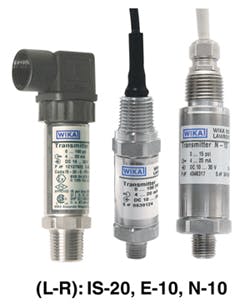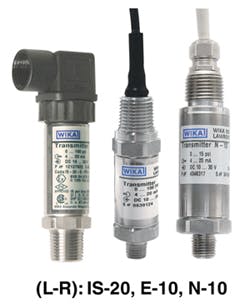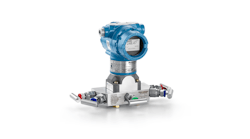WIKA Instrument Corporation published an Application Note that explains why installing the wrong pressure transmitter can be dangerous and offers some selection tips for hazardous-area applications. According to WIKA, many pressure transmitter users in petrochemical, chemical, or refineries are unaware of the potential dangers of selecting the wrong transmitter for their application. Using the correct transmitter can mean the difference between causing and preventing a fire or explosion.
A nonrated pressure transmitter can create severe safety issues for both equipment and employees. Improper installation or use may damage the transmitter making it a possible ignition source.
To help alleviate this concern, hazardous-area pressure transmitters minimize these potential safety hazards. They are available in a variety of designs and approval ratings including explosion proof, non-incendive and intrinsically safe.
Hazardous Area Pressure TransmittersExplosion-Proof transmitters are based on the theory of containment and are designed for applications requiring Class 1, Division I approvals. These transmitters are designed to contain, control, cool and vent any possible ignition, without igniting the surrounding flammable gases or vapors. They require installation with conduit and seal offs to maintain the explosion proof rating.
Non-Incendive explosion-proof transmitters are preferred when potential hazards are only occasionally present. They are designed to work in Class 1, Division II hazardous areas and require less stringent installation procedures than explosion proof transmitters.
Intrinsically Safe explosion-proof pressure transmitters are designed to limit the thermal and electrical energy to a point where ignition is not possible. Intrinsically safe transmitters require the use of an intrinsically safe barrier installed in the safe area. They do not require the use of conduit and conduit seals or need a “hot permit” if servicing of the instrument loop is required. This technology is standard in Europe and is becoming increasingly more popular in the United States.
To read more Application Notes by WIKA, click here.



